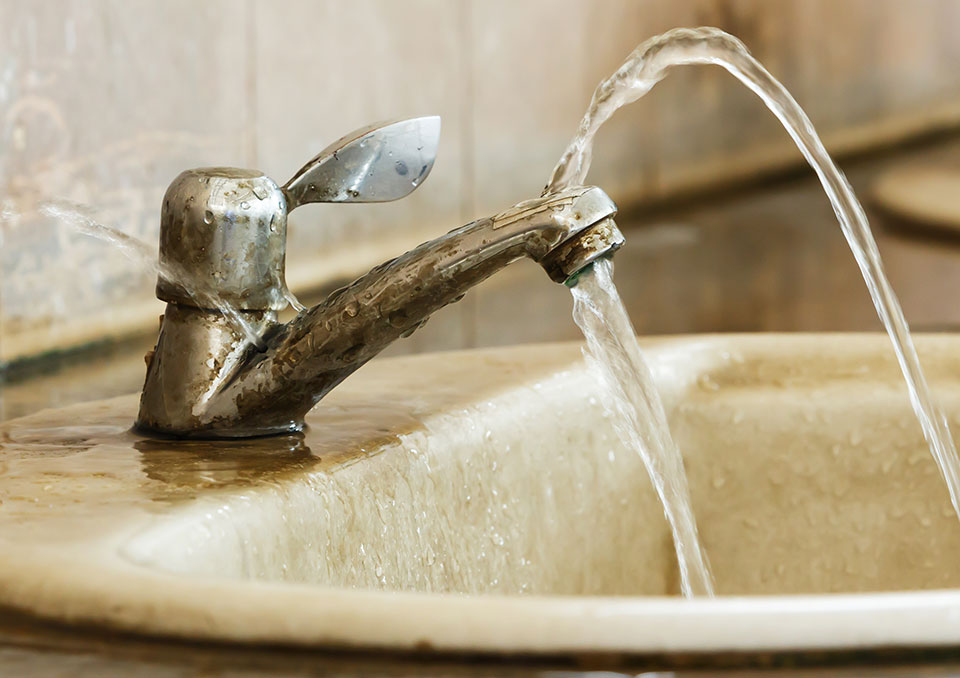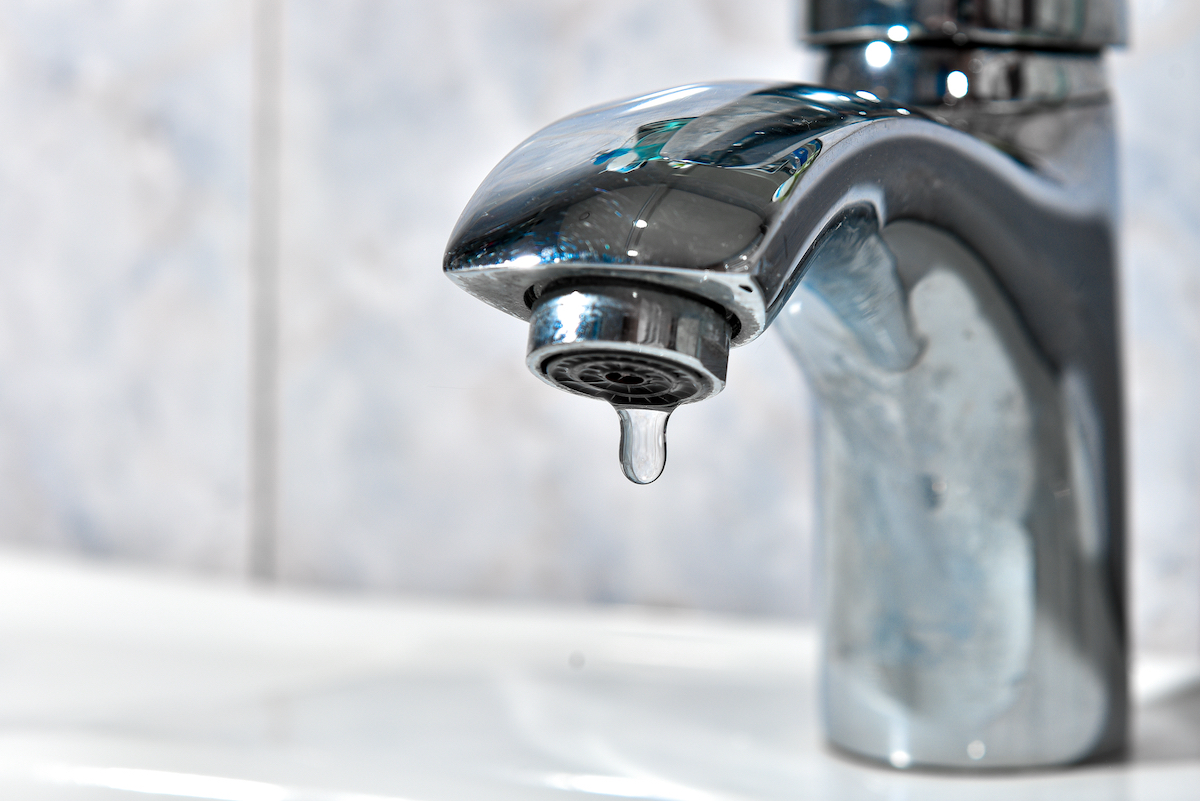An Significance of Dealing with a Dripping Faucet
An Significance of Dealing with a Dripping Faucet
Blog Article
They are making several great annotation on How to Fix a Dripping or Leaky Faucet overall in the article below.

Dripping faucets may look like a minor hassle, however their influence surpasses just the aggravation of the audio. From wasting water to incurring unnecessary financial prices and wellness dangers, overlooking a trickling faucet can bring about various effects. In this article, we'll delve into why it's essential to address this typical household concern without delay and successfully.
Wastefulness of Water
Ecological Impact
Trickling taps add substantially to water waste. According to the Epa (EPA), a single tap trickling at one drip per secondly can throw away greater than 3,000 gallons of water per year. This not only strains water sources however also influences environments and wildlife depending on them.
Step-by-Step Guide to Dealing With a Dripping Tap
Tools Called for
Prior to trying to repair a leaking tap, collect the essential tools, consisting of a flexible wrench, screwdrivers, substitute components (such as washers or cartridges), and plumber's tape.
Typical Faucet Issues and Their Solutions
Identify the type of tap and the certain problem triggering the drip. Usual issues consist of worn-out washers, corroded shutoff seats, or defective O-rings. Describe supplier instructions or on the internet tutorials for step-by-step advice on repair work.
Financial Costs
Increased Water Bills
Past the ecological impact, leaking taps can inflate water costs considerably. The gathered waste gradually translates right into greater utility expenses, which can have been stayed clear of with timely fixings.
Potential Home Damages
Additionally, long term dripping can lead to harm to fixtures and surfaces bordering the tap. Water buildup can trigger discoloration, deterioration, and also architectural problems if left ignored, resulting in additional repair costs.
Wellness Concerns
Mold And Mildew and Mold Growth
The constant existence of moisture from a leaking faucet produces an ideal environment for mold and mildew and mold growth. These fungi not just compromise indoor air high quality but likewise pose wellness dangers, specifically for individuals with breathing conditions or allergies.
Waterborne Diseases
Stagnant water in dripping faucets can end up being a breeding place for bacteria and various other pathogens, enhancing the danger of waterborne conditions. Impurities such as Legionella microorganisms grow in stationary water, possibly leading to serious health problems when consumed or breathed in.
DIY vs. Professional Repair service
Pros and Cons of Do It Yourself Repair Service
While some may try to repair a leaking faucet themselves, do it yourself repair work include their very own set of difficulties. Without proper knowledge and tools, do it yourself efforts can exacerbate the concern or cause insufficient repair services, extending the trouble.
Advantages of Hiring a Professional Plumber
Hiring a professional plumber ensures that the underlying reason for the leaking faucet is dealt with successfully. Plumbings possess the proficiency and tools to diagnose and repair tap problems effectively, conserving time and reducing the risk of more damages.
Ecological Obligation
Private Contribution to Preservation
Taking obligation for taking care of leaking faucets aligns with wider initiatives toward water preservation and ecological sustainability. Every individual's activities collectively make a substantial influence on protecting valuable resources.
Sustainable Living Practices
By prioritizing prompt repair work and adopting water-saving practices, people contribute to lasting living methods that benefit both present and future generations.
Safety nets
Routine Upkeep Tips
To avoid leaking faucets, execute routine upkeep such as cleansing aerators, examining for leaks, and replacing damaged parts promptly. Additionally, take into consideration setting up water-saving tools or upgrading to a lot more efficient components.
Significance of Prompt Repairs
Resolving leaking faucets as soon as they're discovered protects against further water waste and possible damages, eventually conserving both water and money in the long run.
Impact on Building Value
Assumption of Well-Maintained Residential Property
Preserving a building in good condition, including dealing with upkeep problems like dripping taps, boosts its perceived worth and desirability amongst possible buyers or occupants.
Impact on Resale Worth
Qualities with well-maintained plumbing fixtures, consisting of faucets, command higher resale worths in the real estate market. Attending to trickling faucets can contribute to a favorable perception during residential or commercial property examinations and arrangements.
Final thought
Dealing with a leaking tap goes beyond plain convenience; it's an essential step towards saving water, reducing economic expenses, and guarding wellness and property. Whether via do it yourself fixings or expert aid, acting to take care of trickling taps is a tiny yet impactful way to promote accountable stewardship of resources and add to a much healthier, much more lasting future.
How to Fix a Dripping or Leaky Faucet
A leaking faucet is one of the most common problems that homeowners encounter, but it being commonplace doesn’t make it any less annoying. The constant drip drip drip of a leaking bathtub faucet, showerhead, or sink tap can disturb your home’s serenity. Left neglected, a dripping faucet can also result in higher water bills and discoloration or mold growth in your sink or plumbing fixtures.
Fortunately, you don’t have to be a trained plumber to know how to stop a dripping faucet. With some basic tools, replacement parts, and a little patience, leaky faucet repair is a breeze. In this article, we’ll explain what causes dripping faucets and how you can fix them.
What Causes a Leaking Faucet?
Kitchen and bathroom faucets come in all manner of designs, but most involve some combination of valves, O-rings, seals, and washers. The O-ring is usually the weakest link, but any one of these pieces can wear down over time. Heat, moisture, temperature fluctuations, minerals, mold, and movement can contribute to warping and corrosion, breaking the watertight seal. This just comes with the territory of being a homeowner. Everything is always subject to wear and tear, and some component parts of your appliances and fixtures need to be replaced on occasion. At least replacement O-rings are cheap!
More rarely, dripping faucets can be a symptom of excessively high water pressure. Were this the case in your home, you would probably notice that the leak is not isolated to one faucet. Water pressure issues are harder to resolve on your own. We recommend contacting a professional plumber if you suspect your water pressure is too high.
How to Fix a Dripping Faucet
Pipe wrench or monkey wrench Allen wrench set Screwdrivers Old towel or rag Shut off the water.
Before you do anything, you need to turn off the water to keep from drenching your kitchen or bathroom. You should find a valve under the sink and against the wall. Once you’ve turned this valve, try turning the faucet on to confirm that the water source has been cut off.
If you can’t locate your local valve for the faucet you’re working on, you can always shut off the water to the house at the main valve. Of course, this will prohibit anyone from using the sinks, showers, or toilets while you’re working on the faucet that’s giving you trouble.
Plug or block the drain.
You’ll be disassembling the faucet and removing some small bits of hardware. Plug the drain with a stopper or rag to avoid the possibility of a small screw falling into your P-trap.
Take apart the faucet assembly.
There are several varieties of kitchen and bathroom faucets, each with its own manner of assembly. For detailed instructions on how to disassemble your faucet, you can refer to the fixture’s manual or contact the manufacturer. If you know whether you have a ball, disc, cartridge, or compression faucet, you can find detailed schematics online.
In general, you need to begin by removing the faucet handles. You might notice a small screw that you’ll need to remove with a screwdriver or Allen wrench. If you don’t see any visible securing hardware, it’s likely hidden under a decorative cap that can be unscrewed or popped off with flathead screwdriver.
Remove each piece methodically, consulting a schematic when necessary. Take notes or arrange the pieces in such a way to make it easier to correctly reassemble the faucet later.
Remove the cartridge.
Once you’ve removed the handles and securing hardware, you should be able to remove the valve cartridge or stem. Some cartridges will slide right out. Other faucet models will require you to loosen a nut with a pipe wrench before you can remove the valve stem.
Examine the exposed hardware.
With the cartridge or stem removed, inspect the component parts. Check the rubber O-rings for wear and tear. Also examine the seat washer for corrosion or other damage. These pieces are usually the responsible parties for a dripping faucet, but it’s worth inspecting the other component parts while you have the faucet disassembled.
Find replacement parts.
Once you’ve identified which faucet component has failed, find an identical replacement. Your local hardware store should have O-rings, seat washers, and other standard components in stock. If you have a luxury or uncommon faucet, you may have to contact the manufacturer for a replacement part.
It’s a good idea to take your old parts with you to the hardware store so you can compare them with the store’s inventory and be sure you’re purchasing the correct replacement.
Reassemble the faucet.
With your new parts in hand, reconstruct the faucet and handles. Don’t be tempted to overtighten screws or nuts. You might think this could create a better seal, but it can instead damage or bend a delicate part of the assembly and create a new problem for you.
Turn on the water and test the faucet.
The only thing left to do is test your work. Unplug the sink, turn the water back on, and try the faucet. Congratulate yourself on a job well done!
https://www.libertyhomeguard.com/how-to-fix-a-dripping-or-leaky-faucet/

I ran across that piece of writing about Should I Repair or Replace a Leaky Faucet? while perusing the internet. Are you aware of somebody who is occupied with How to Fix a Dripping or Leaky Faucet ? Why not promote it. Many thanks for being here. Don't hesitate to come visit our blog back soon.
Report this page